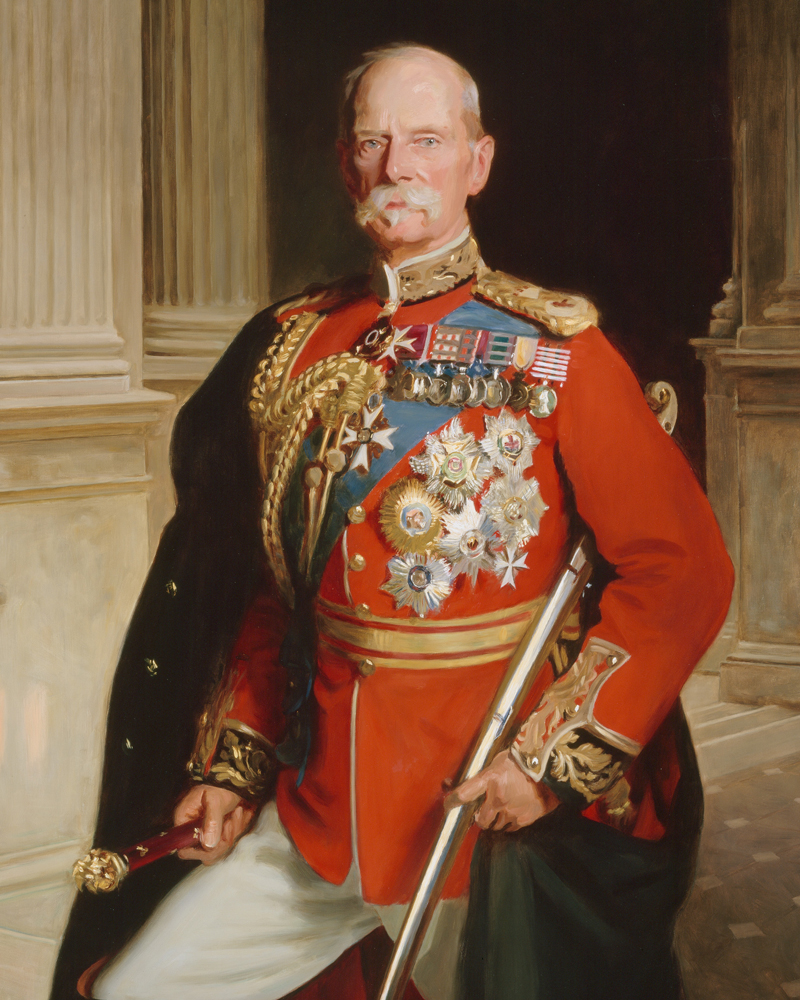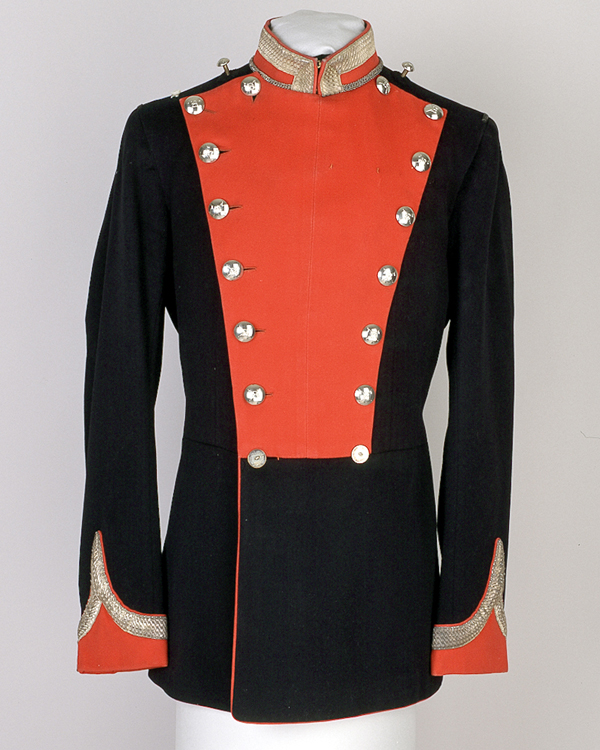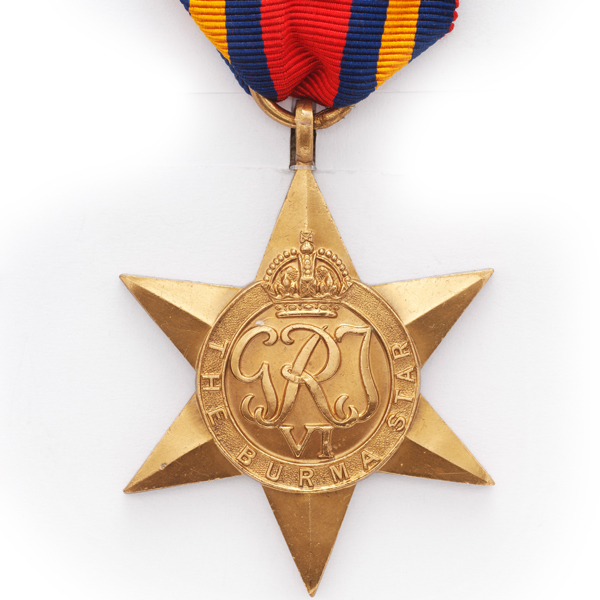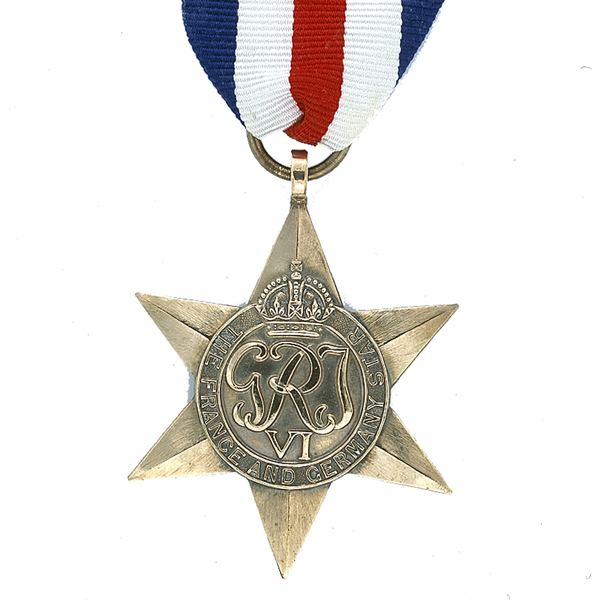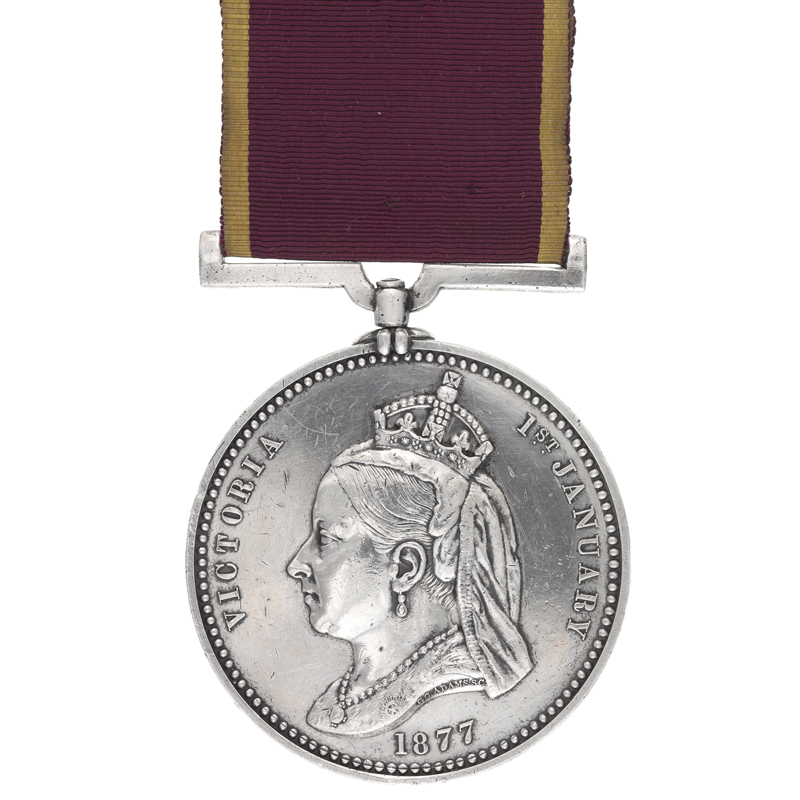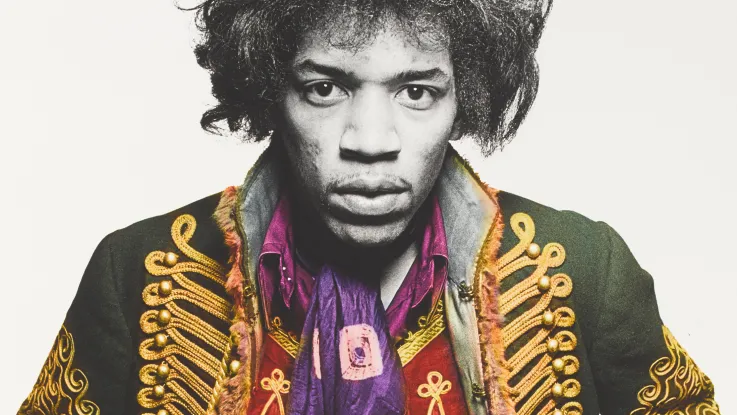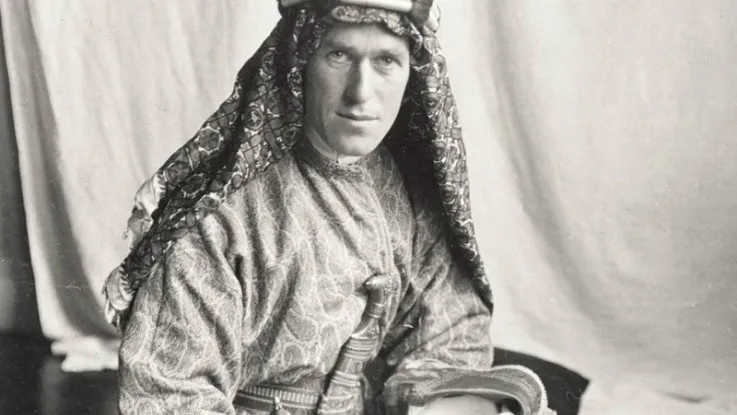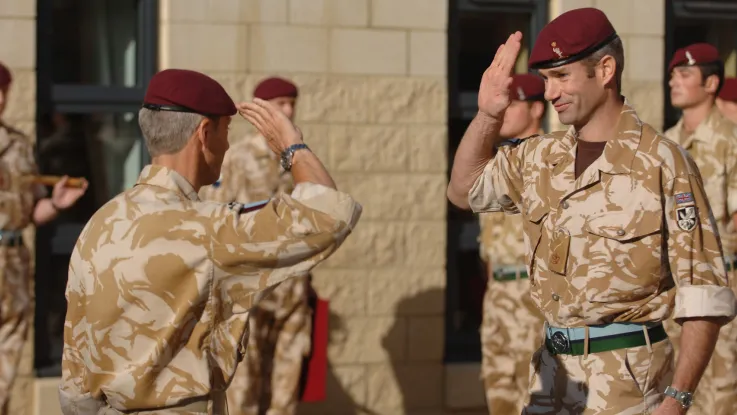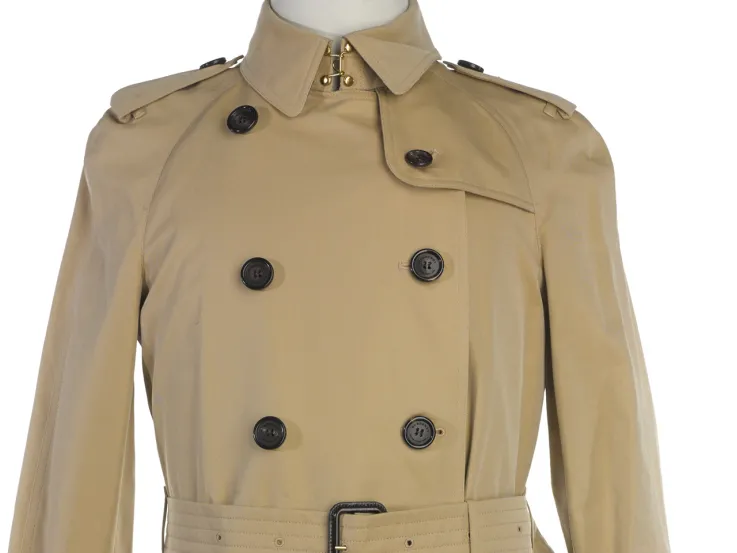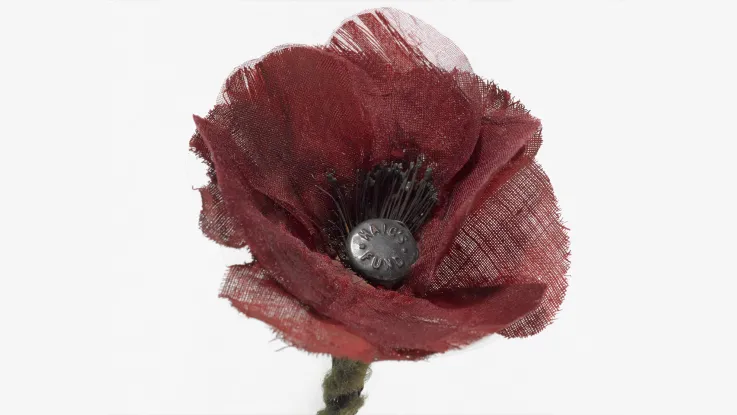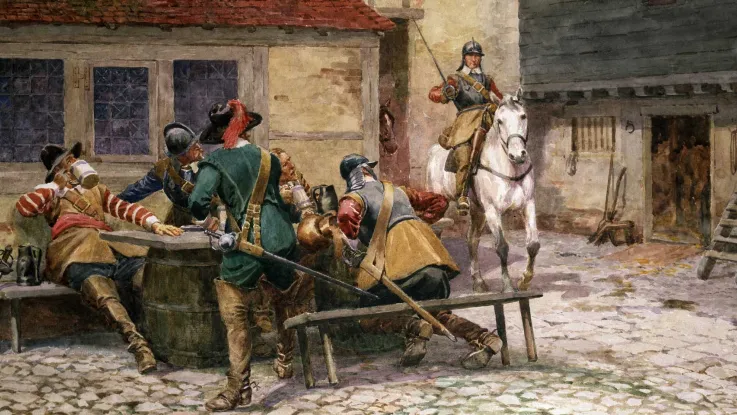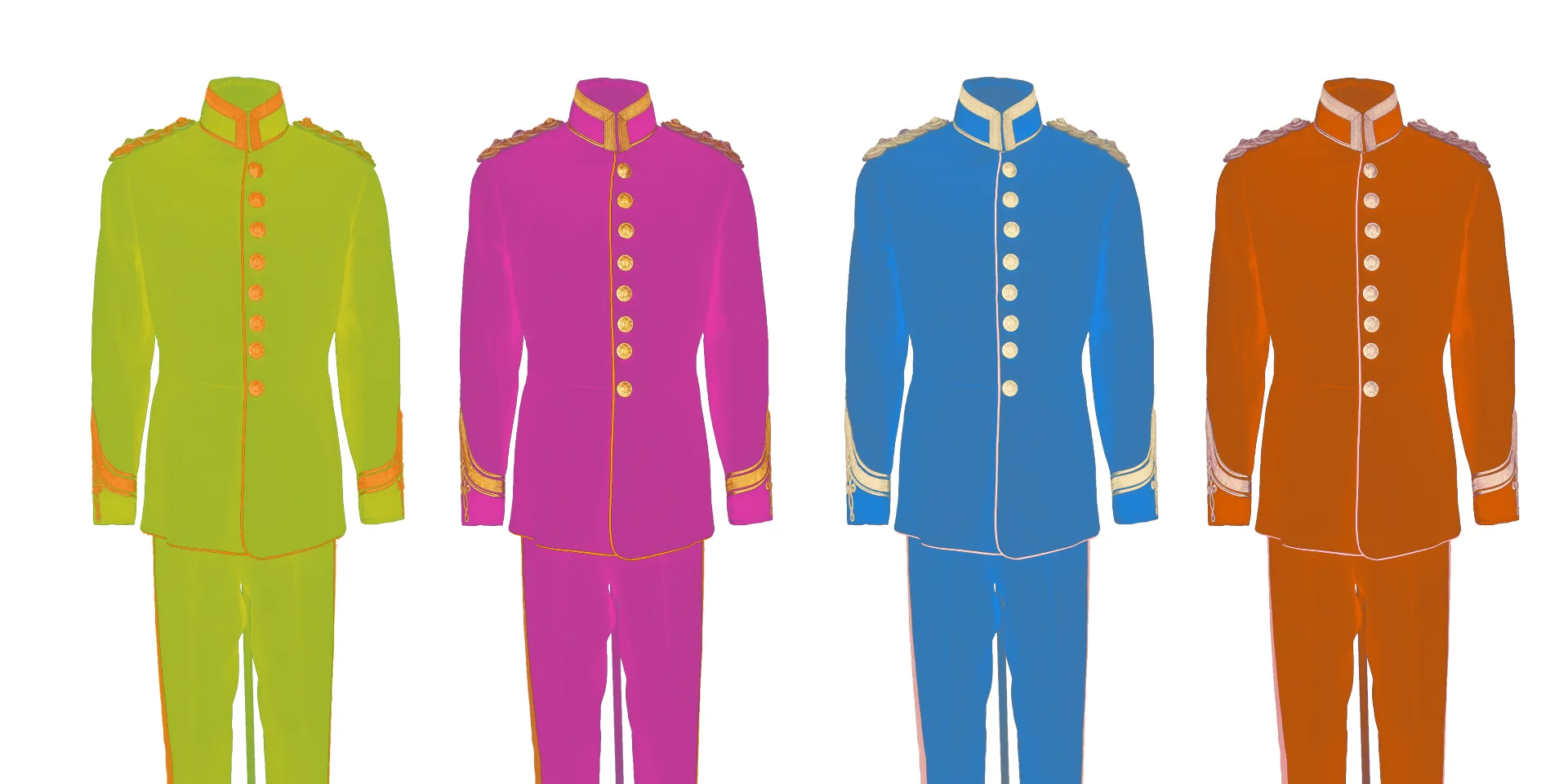
Psychedelic uniforms
The album
The Beatles were at the height of their fame when they came up with the concept for their 1967 album, 'Sgt Pepper's Lonely Hearts Club Band'. They had announced that they would stop touring and devised 'Sgt Pepper' as an alter-ego Edwardian military band. The creation of a fictional group - even one inspired by the rigid, regimented discipline of the Army - gave them the creative freedom to experiment musically.
The resulting album was also created against the backdrop of the Vietnam War (1965-73). This conflict divided society in the United States and prompted widespread anti-war protests in the United Kingdom. The Beatles mixed traditional, military-style music hall melodies with 1960s rock and pop to mock established ideals of heroism and sacrifice.
It was 20 years ago today / Sgt Pepper taught the band to play. / They’ve been going in and out of style / But they’re guaranteed to raise a smile. / So may I introduce to you / The act you’ve known for all these years: / Sgt Pepper’s Lonely Hearts Club Band.Lyrics to 'Sgt Pepper's Lonely Hearts Club Band'
Uniforms
Under the guise of Sgt Pepper's Lonely Hearts Club Band, the Beatles also drew on Edwardian and military ideals in their costumes. They adopted brightly coloured army uniforms, adorned with equally flamboyant embellishments.
The full dress uniforms worn by Edwardian officers were the primary inspiration for their psychedelic outfits. Full dress was one of the most formal types of uniform and was often worn for parade or ceremonial occasions.
Before the First World War (1914-18), full dress uniforms were highly decorative, and far more colourful than the khaki 'field' uniforms worn in battle. Appearing stylish and smart helped both to attract potential new volunteer recruits and to instil patriotism among men already serving in the Army.
The Beatles subverted this idea by making their costumes overly vibrant. They parodied the Edwardian look with exaggerated flamboyance, at the same time overturning the traditional masculine conception of the repressed soldier.
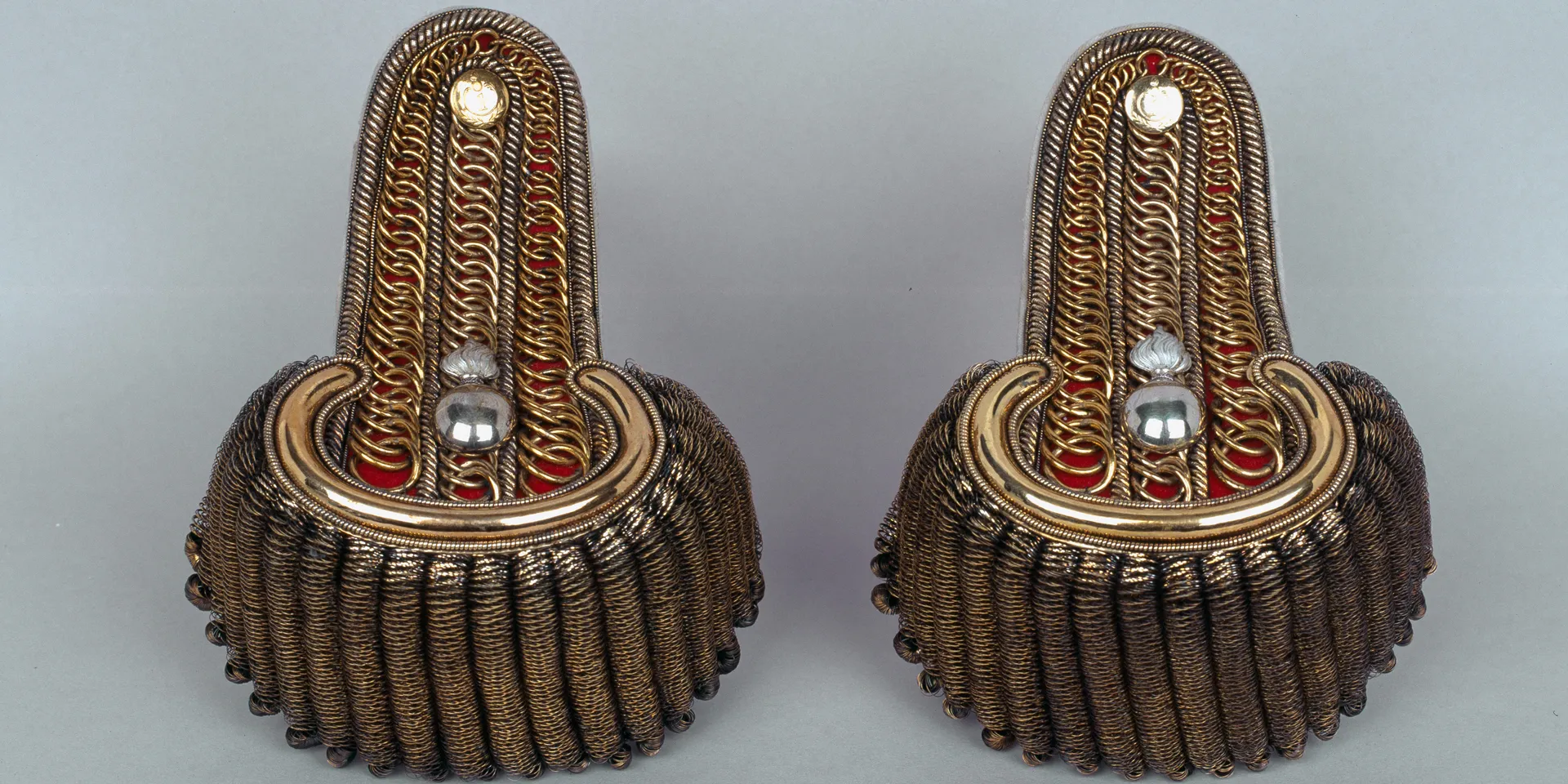
Captain's epaulettes, worn by Captain James Cunningham Grant-Duff, 1st or Grenadier Regiment Bombay Native Infantry, 1824
Ranks and decorations
The Beatles' costumes for 'Sgt Pepper' were adorned with an array of British Army rank insignia, patches and medals. All of the members of the 'Fab Four' wore officers' fringed epaulettes intermingled with a variety of other ranks' insignia. Had they been real soldiers, it would have been incredibly confusing to work out whether they were meant to salute you or you were meant to salute them!
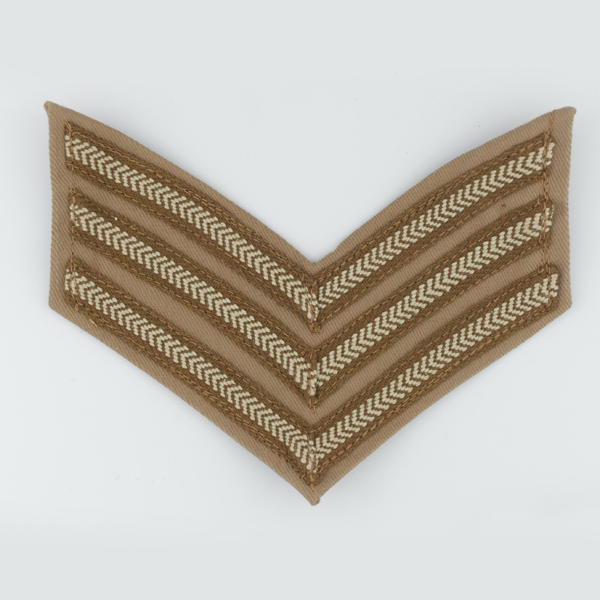
Ringo Starr wore sergeant's chevrons on his costume, but his were lime green!
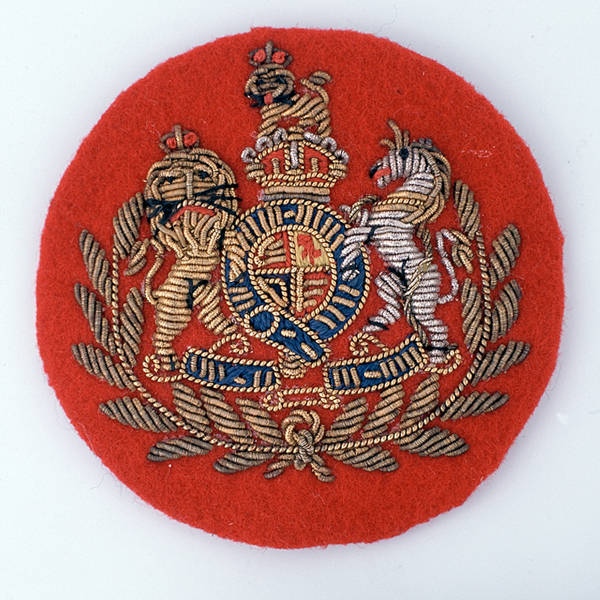
John Lennon wore a Warrant Officer's 1st Class patch similar to this one on his costume
John Lennon also committed the faux pas of wearing a set of miniature campaign medals on his costume. In the Army, wearing a uniform or decoration that you hadn't earned was a criminal offence.
Lennon's set included a Burma Star, a France and Germany Star, and the Defence Medal. They were apparently borrowed from the father of Pete Best, the Beatles' former drummer, who had served in the Army during the Second World War (1939-45).
Paul McCartney wore a Grenadier Guards cap badge. But he pinned it to his chest!
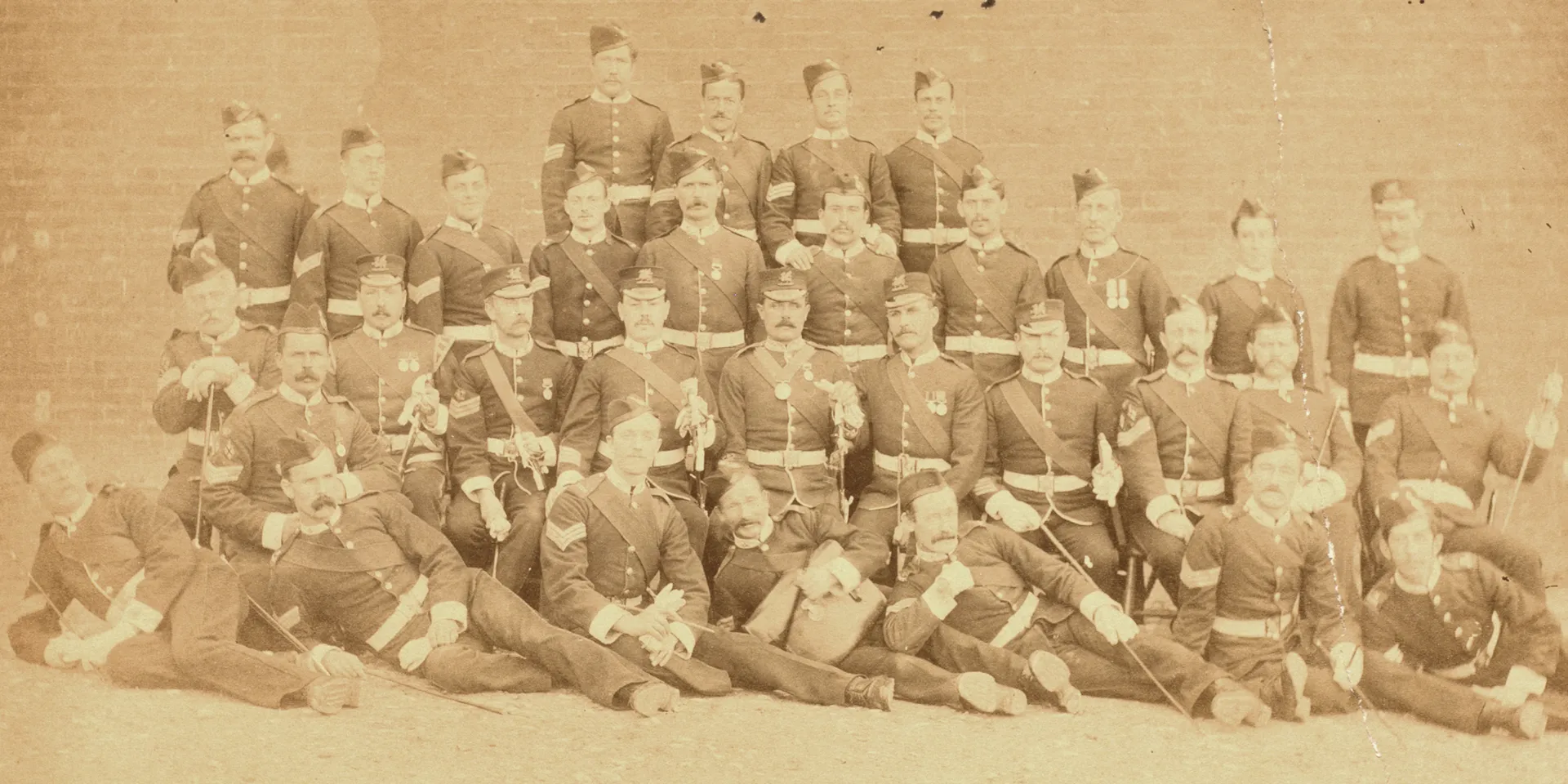
Sergeant Major J Pepper (centre) with fellow sergeants of the 3rd (The East Kent) Regiment, 1877
The real Sergeant [Major] Pepper
Ninety years before the Beatles released 'Sgt Pepper's Lonely Hearts Club Band', Sergeant Major J Pepper (seated centre above) was serving in the British Army in India.
In 1877, he received the Empress of India Medal, an award marking the proclamation of Queen Victoria as Empress of India. These medals were presented to Indian aristocrats, British officials of the Raj and to a selected soldier from each regiment in India. Sergeant Major Pepper was the lucky recipient from the 3rd (The East Kent) Regiment of Foot.

